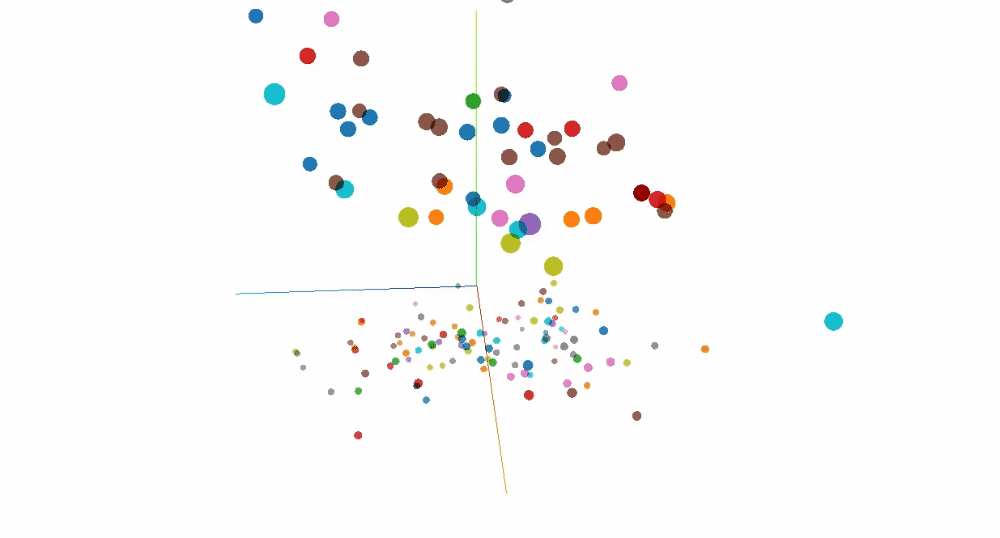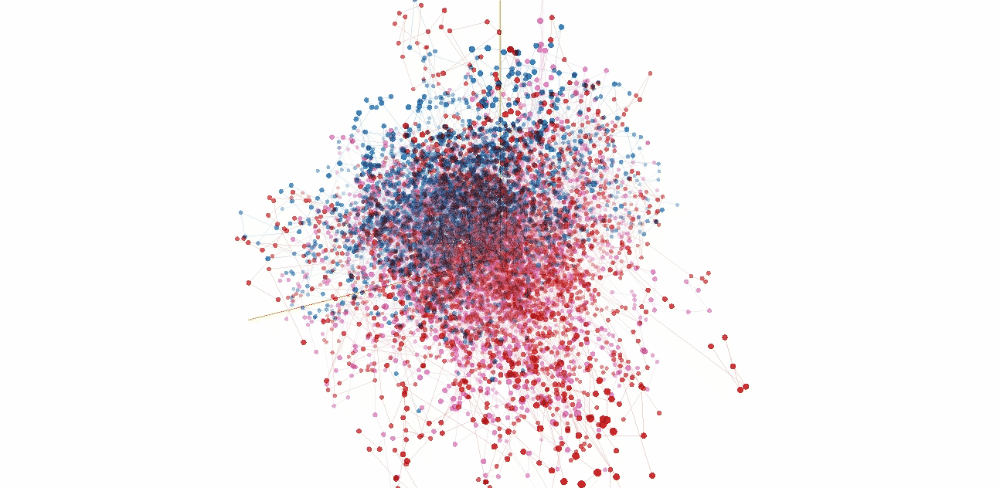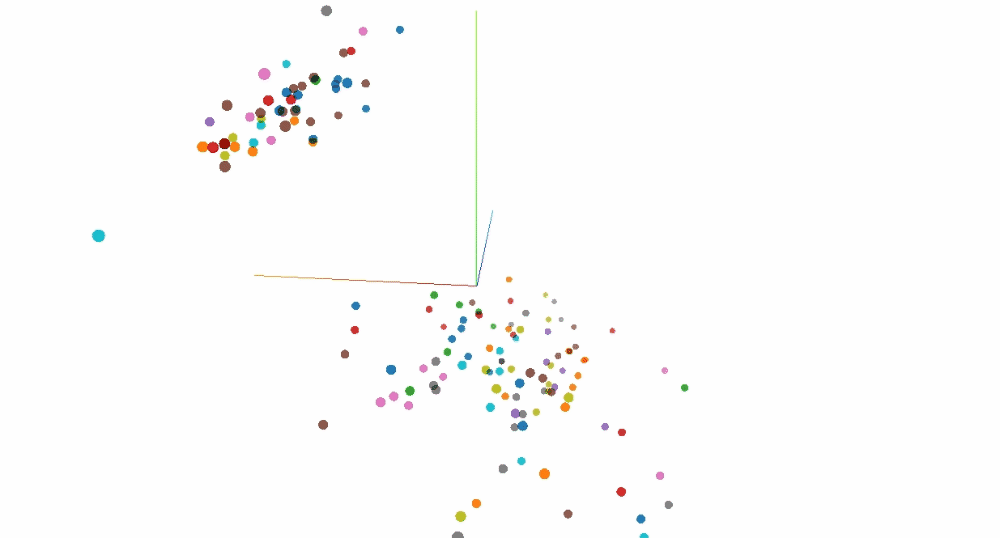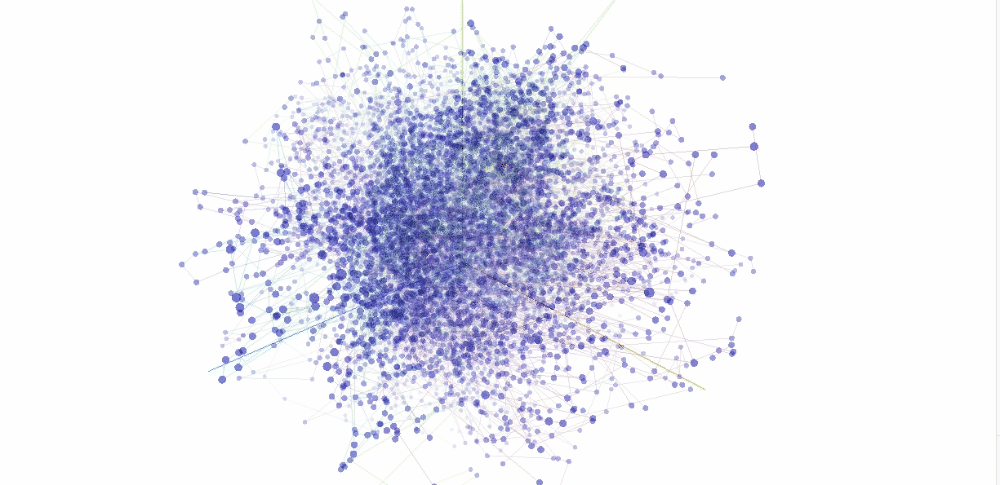TOP-LOSS GROUP CAPTIVE
Healthcare costs continue to rise at an unsustainable rate—rising at nearly three times the rate of inflation and employee wage increases over the past 15 years. At this pace, healthcare costs double every eight years and outpace inflation by 58% after that time.
Is a stop-loss group captive right for you?
Our solution can help financially strong companies gain control, as well as flexibility and stability, and reduce their healthcare costs. What makes a good captive candidate?
> Company has 50 to 1,000 employees on the health plan
> Willing to self-fund a portion of their health plan
> Ready to participate in incrementally progressive risk management initiatives
> Prepared to assume risk and make an investment to reduce healthcare costs
> Desire to take control and willingness to be accountable
In the past, midsized employers have faced barriers when trying to use a self-funded plan, even with stop-loss insurance—while nearly 80% of large U.S. companies use a self-funded plan. Our solution changes that.
Many midsized employers feel trapped by traditional health insurance as the factors driving costs appear outside of their control, while large employers have access to programs that afford them an opportunity to achieve greater control resulting in more stable cost increases, in line with inflation. However, there are alternatives for midsized employers. Our Employee Benefit group captive programs, also known as stop-loss group captives, can help participating employers reduce healthcare costs, improve employee wellness, streamline healthcare delivery and achieve longterm stability. This is achieved by blending the advantages of self-funding with the stability of a group captive, medical stop-loss insurance and proven risk management strategies.
> Participants can realize a variety of benefits, including:
> Greater control and flexibility over their benefit design plan
> Improved cash flow as claims are paid as they arise
> Lower premium taxes and operational expenses due to lower insurance premiums
> Reduced impact of industry trend increases since the carrier accounts for a significantly smaller portion of total premium
> Share a portion of risk with other like-minded employers in a controlled environment, mitigating volatility
> Return of carrier profits
> Economies of scale achieved by collective purchasing power
> Improved management of costs associated with their
health plans
 14 Feb 2020
14 Feb 2020Perfect Gift for Valentine’s Day
 01 Feb 2020
01 Feb 2020PREM FIN CASE: FOREIGN NATIONAL AGE 53
 05 Jan 2019
05 Jan 2019EVALUATING RISKS | ASSET & COST OF BORROWING
 04 Jan 2019
04 Jan 2019AMERICANS’ GREATEST FINANCIAL FEARS
 02 Jan 2019
02 Jan 2019RETAIN, PROTECT & SAVE
 01 Feb 2017
01 Feb 2017what if you outlive your retirement income?











